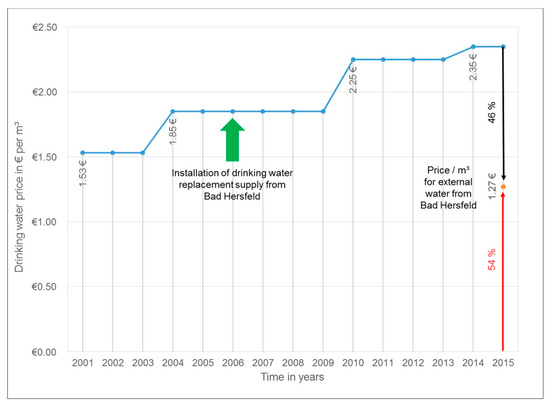A Price Floor Set Above Equilibrium Tends To Cause
This is the currently selected item.
A price floor set above equilibrium tends to cause. A surplus of the good. Deadweight loss effective price floors and ceilings result in. If price floor is less than market equilibrium price then it has no impact on the economy. A price floor example the intersection of demand d and supply s would be at the equilibrium point e0.
A price floor that sets the price of a good above market equilibrium will cause a. How price controls reallocate surplus. A price floor must be higher than the equilibrium price in order to be effective. A price floor set above the equilibrium price tends to cause persisten imbalances in the market because quantity exceeds quantity but price cannot fall to remove the.
An increase in quantity supplied of the good. If it s not above equilibrium then the market won t sell below equilibrium and the price floor will be irrelevant. A price floor set above an equilibrium price tends to cause persistent imbalances in the market because a. A price floor set above an equilibrium price tends to cause persistent imbalances in the market because quantity supplied exceeds quantity demanded but price cannot fall to remove the surplus.
Simply draw a straight horizontal line at the price floor level. A price floor is a government or group imposed price control or limit on how low a price can be charged for a product good commodity or service. The result of the price floor is that the quantity supplied qs exceeds the quantity demanded qd. However a price floor set at pf holds the price above e0 and prevents it from falling.
All of the above. A decrease in quantity demanded of the good. Minimum wage and price floors. Price floor is enforced with an only intention of assisting producers.
The effect of government interventions on surplus. But if price floor is set above market equilibrium price immediate supply surplus can. Price and quantity controls. Example breaking down tax incidence.
For a price floor to be effective it must be set above the equilibrium price. Because quantity demanded exceeds quantity supplied but price cannot rise to remove the shortage. However price floor has some adverse effects on the market. Price ceilings and price floors.
The equilibrium price commonly called the market price is the price where economic forces such as supply and demand are balanced and in the absence of external. Because quantity supplied exceeds quantity demanded but price cannot rise to remove the shortage. The deadweight loss or excess burden resulting from levying a tax on an economic activity is the. Taxation and dead weight loss.
This graph shows a price floor at 3 00. Quantity demanded exceeds quantity supplied but price cannot rise to remove the shortage.
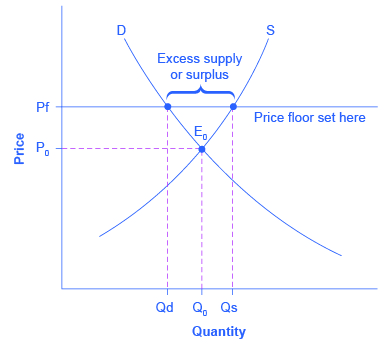


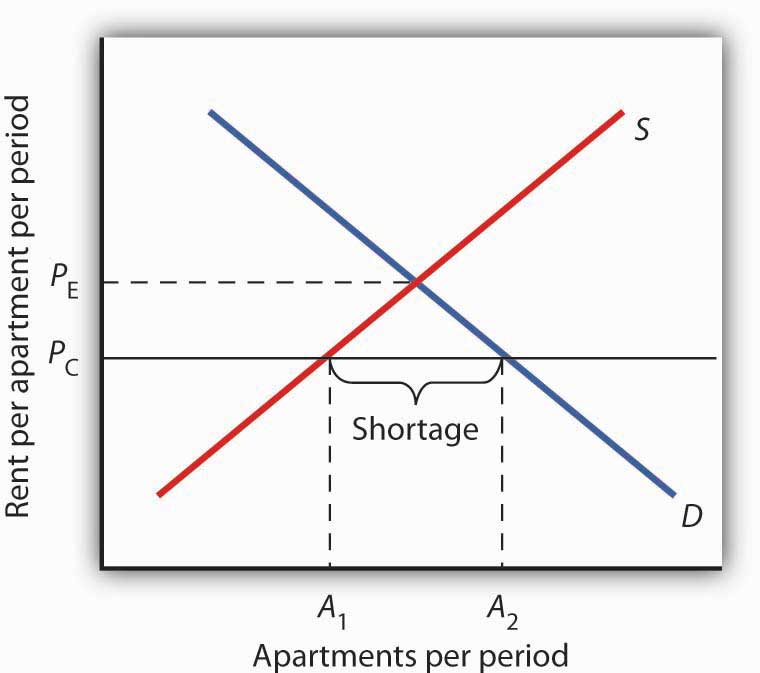











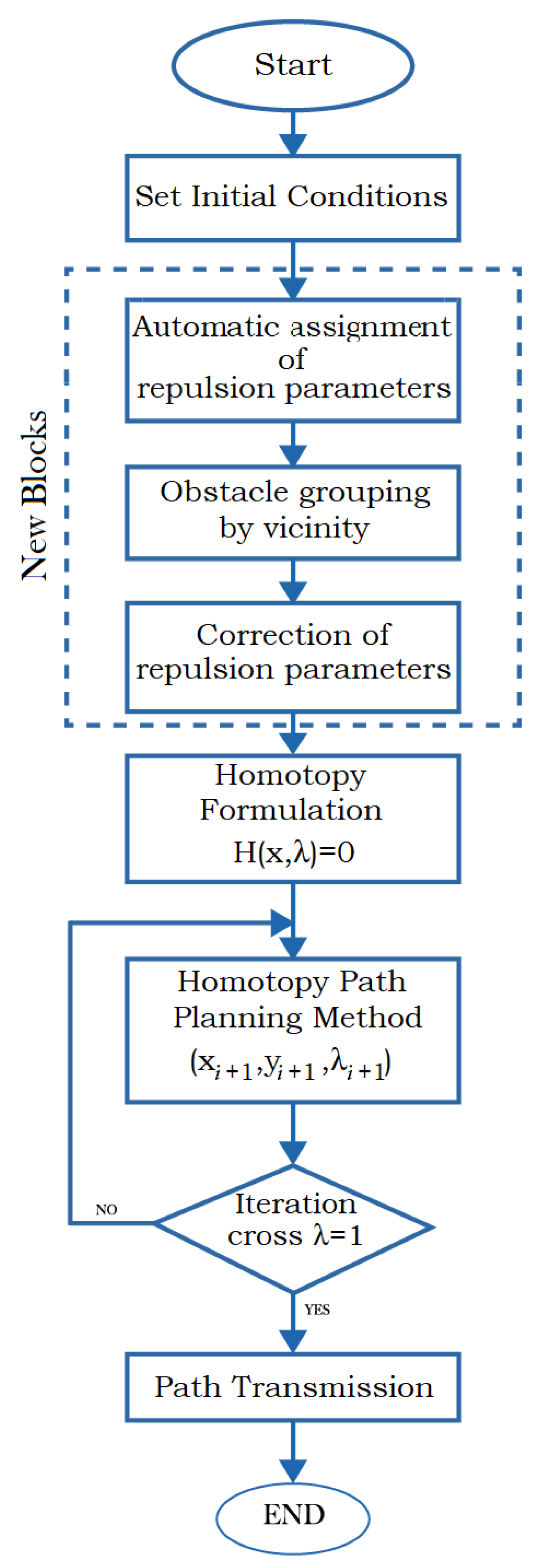


:max_bytes(150000):strip_icc()/united-states-federal-reserve-building--washington-dc--usa-699686820-4b7edca940c24b7faadbd6265c702212.jpg)








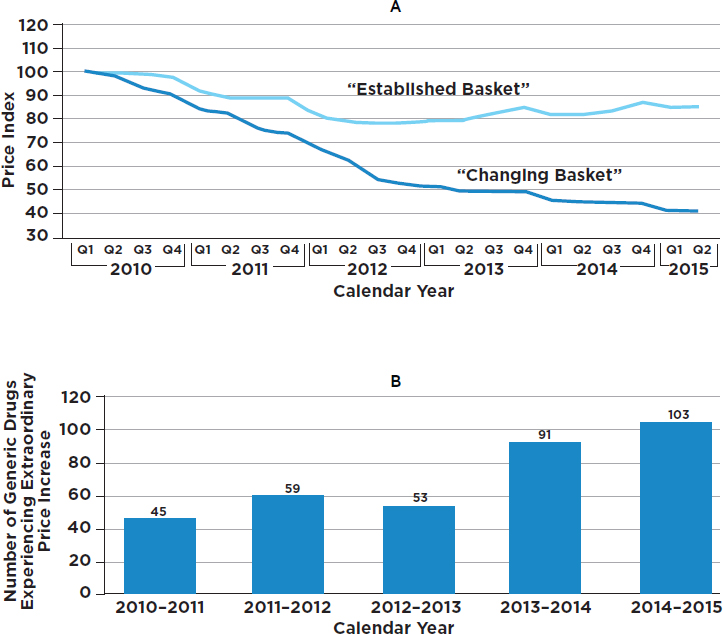
:max_bytes(150000):strip_icc()/GettyImages-1215603381-f1ae92daf9c045058d4b9519f075bf27.jpg)


